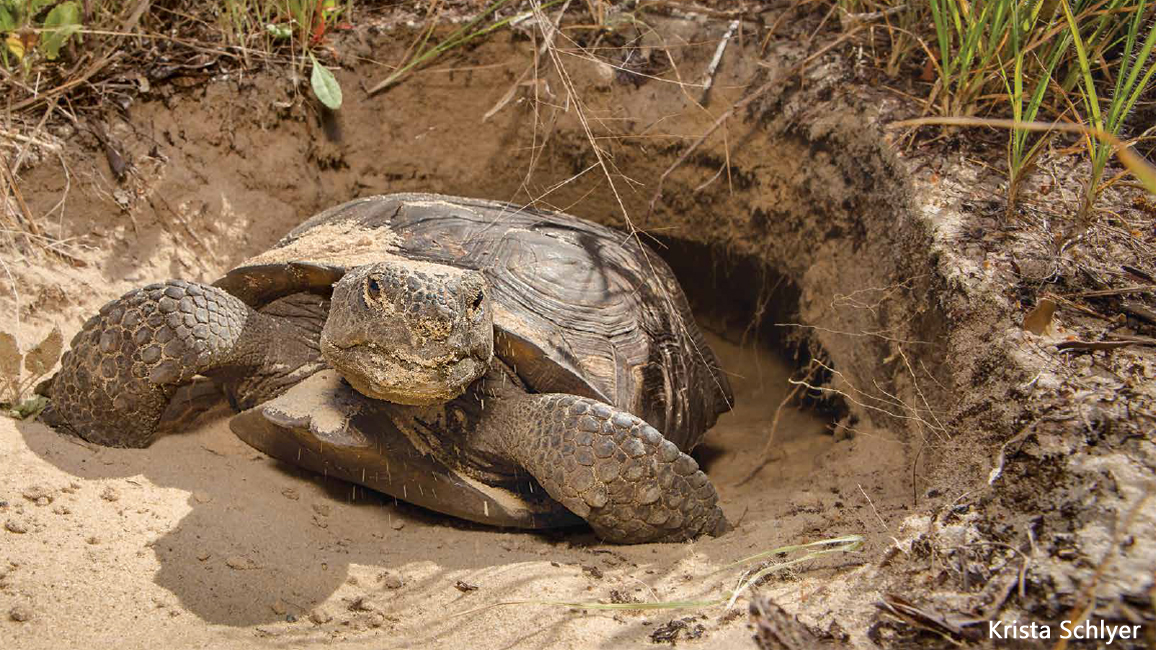A trait that helps an organism survive and reproduce in its environment.
$100 Bonus points if you can name one example.
What is an adaptation?
This is the term for a species that has an unusually large effect on the balance of its ecosystem.
What is a keystone species?
This is the term for the current conditions of the atmosphere, including temperature and precipitation.
What is weather?
The Gulf of Mexico has a big effect on Alabama’s weather because it provides this.
What is warm, moist air?
This word describes large geographic regions with similar climates, plants, and animals.
What is a biome?
This happens to an ecosystem when a keystone species is removed.
What is an ecosystem collapse or imbalance?
This is the average pattern of weather over a long period of time in a particular region.
What is climate?
Daily Double!!
Hotter summers and longer droughts in Alabama can stress these keystone pollinators.
What are bees and/or butterflies?
Daily Double!
Name one abiotic factor and one biotic factor. (Be specific).
What is...
abiotic factors (weather, temperature, moisture, light, soil, etc.)
biotic factors (the living organisms that inhabit the environment).
This Alabama reptile is a keystone because its burrows shelter more than 350 other species.
(It is also federally protected as an endangered species!)
What is the Gopher Tortoise?
If acidic oceans and global warming are killing our coral, what will happen to the reef's inhabitants?
What is they will die off or migrate to another area?
Long dry periods in Alabama pine forests can lead to this natural hazard that changes the ecosystem.
What are wildfires?
The value of this question depends on how many points you wager.
You may discuss with your group, you will have 45 seconds.
This is the process of restoring an original habitat following a disturbance.
What is succession?
Daily Double!!
List the three types of sybiotic relationships.
What are mutualism, commensalism, and parasitism?
This is the main source of energy that drives all weather on Earth.
What is the sun?
More heat and humidity in Alabama can increase the spread of this type of disease that affects both people and animals. (Hint: think insects).
What is mosquito borne illness?
The _______ is important to give the earth warmth, but too much of it is a bad thing and can cause complications for humans, plants, and animals.
What is the greenhouse effect?
Name at least 2 Alabama keystone species.
What is _____ ?
To name a few:
American beaver
Big Eared Bat
Coral
Tiger Shark
Long Leaf Pine
Monarch Butterfly
Great Horned Owl
Gopher Tortoise
Gulf Shrimp
Oysters
Muscles
Fungi of many species
This rotating low-pressure system forms over warm ocean water and can cause major coastal damage.
What is a hurricane?
Who knows the name of the current hurricane in the news? Bonus points opportunity, $100.
What biome does Demopolis, Alabama exist in?
What is temperate deciduous forest?